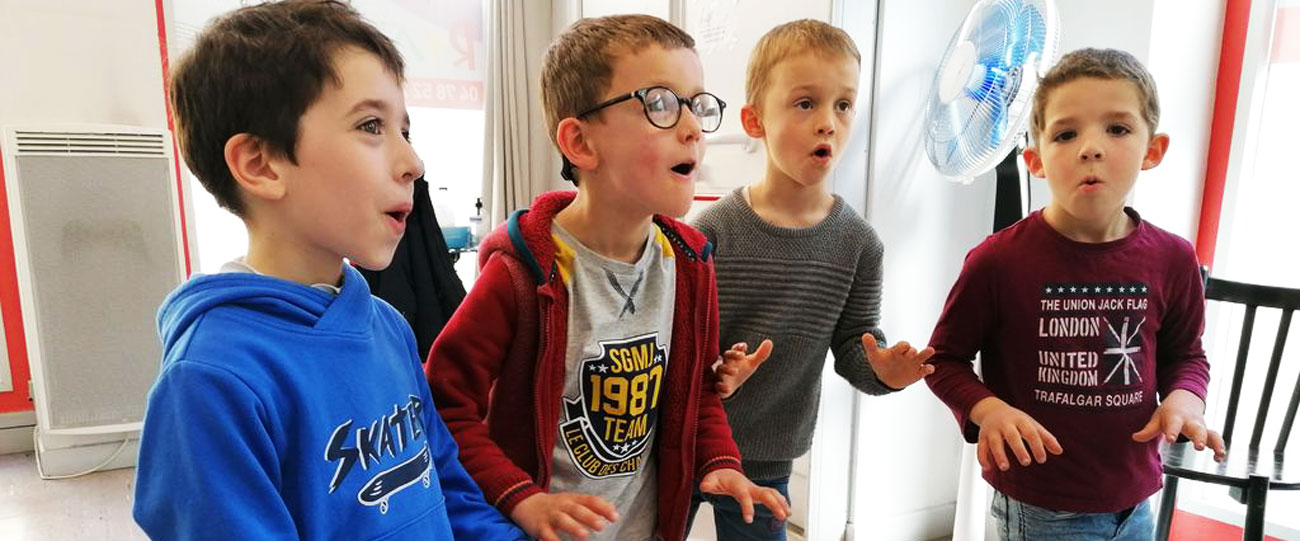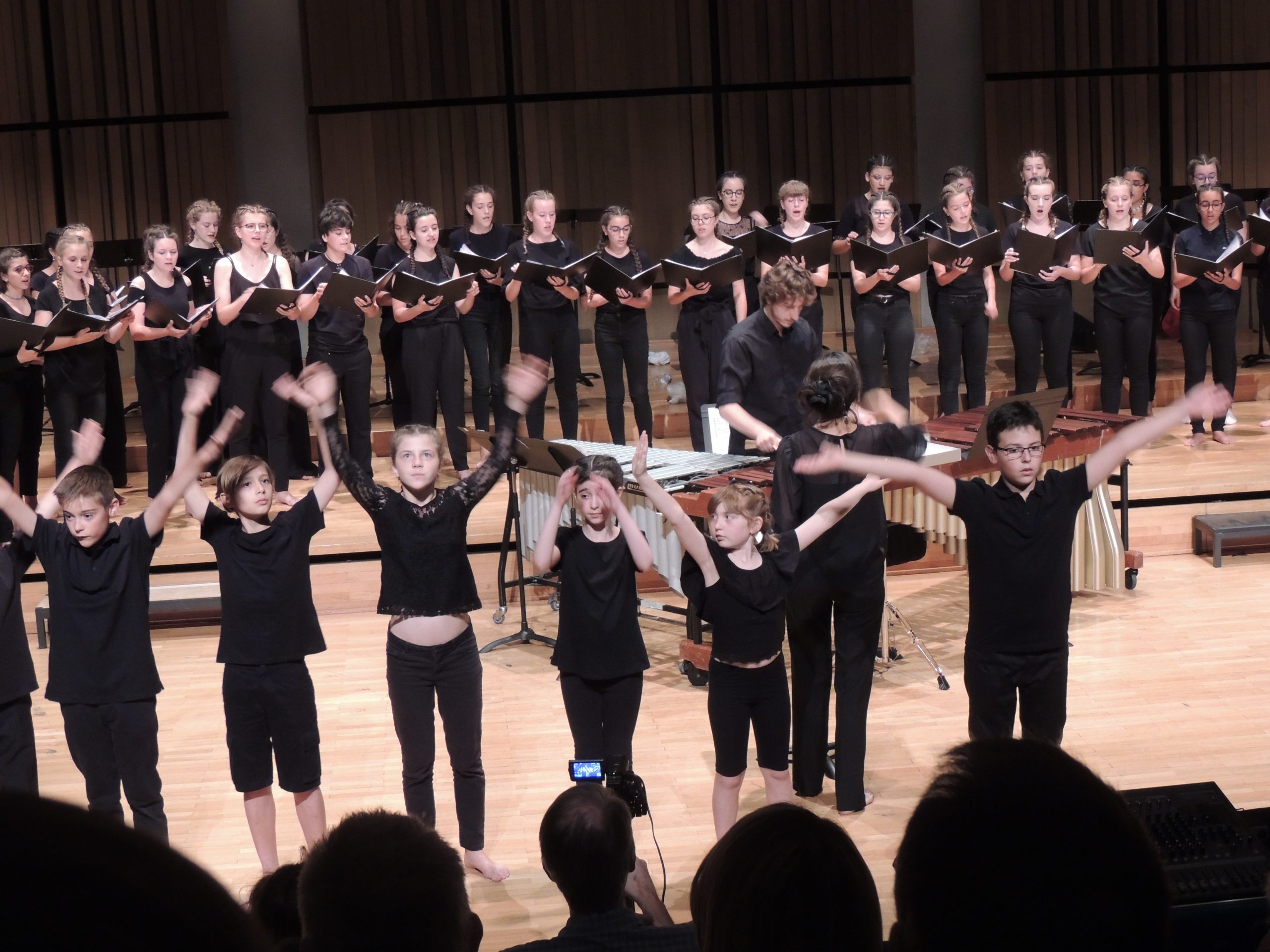Edgar Willems' educational proposal

The approach
Edgar Willems’ pedagogical approach is based on the psychological relationship between music, the human being and the created world.
The study of their constituent elements and their respective orders has led to the development of a progression that draws direct inspiration from them and respects them.
The development of musical language mirrors that of the mother tongue.
It is an active musical education that calls on receptivity, impregnation and reproduction, but also on self-expression and inventiveness.

Goals pursued
Musical goals
Social goals
Human goals
Educational progress
Life precedes consciousness and must therefore take precedence over form.
The teacher is therefore invited to create moments of life through the different qualities of sound, rhythm, melody, primitive, classical or modern harmony, song and body movement.
There are 4 levels of progression, not linked to age but to the level of musicality.
The 1st level, for example, can last a year, a term or 3 lessons!
Level 1 – Introduction to music
Introductory level, where oral and concrete life, discovery of musical phenomena, arousal of interest, compliance, active participation and initiative, and linking to holistic functioning give rise to good deeds and beautiful actions.
The general scheme of an introductory music lesson is structured in four main parts:
- developing the ear and voice,
- rhythmic activities,
- singing and songs,
- moving naturally to music.
Level 2 – Introduction to music
A more conscious extension of Level 1 including a more exact knowledge of the graphic representation of certain aural and rhythmic musical phenomena, more memory development, and more relative awareness.
Level 3 – Pre-theoretical and pre-instrumental introduction
A period for organizing all previous experiences, for making a consistent transition from concrete to abstract including various dispositions, lateralization of the body, instrumental applications such as on chromatic tonebars, among others.
Level 4 – Living solfège and instrumental education
Living solfège...
is the acquisition of musical literacy, in which improvisation figures prominently alongside of rhythmic reading and writing, and is regarded as one of the crowning achievements of musical education. Musical language continues to be viewed as a whole across all styles and periods. Modal and tonal systems are elaborated according to their role in the evolution of man’s expressive language.
Instrumental education...
...(all instruments), which begins parallel to musical education, follows organically after pre-theoretical and pre-instrumental education.
It requires the study of music to precede that of an instrument, and actual music making to precede that of technical mastery.
Playing an instrument...
...occurs in 4 different and complementary domains:
- playing by ear to reproduce songs and musical pieces heard and memorized without notation;
- playing by note-reading, usually at first sight;
- playing from memory, dedicated to the internalization and interpretation of artistic musical literature;
- improvisation, which must be practiced from the beginning, through which various moods are expressed—musical games that take advantage of the possibilities of the instrument or even inventions derived from music itself (rhythmic, melodic, harmonic).
One develops a musical attitude through utilizing the vital sources of rhythm and dynamic sound relationships with the acquisition of instrumental technique in mind.
This attitude maintains one’s inner musical impulse and contributes to the expansion of one’s musicality, instrumental progress coming through music itself as something experienced, felt, and thought “from within.”
Collective musical practice...
... Choral singing and orchestras, which also include vocal ensembles and chamber music, complete and broaden the range of musical and artistic activities.
Le travail collectif puise ses ressources dans l’autonomie et la musicalité développés lors du travail individuel vocal et instrumental.
